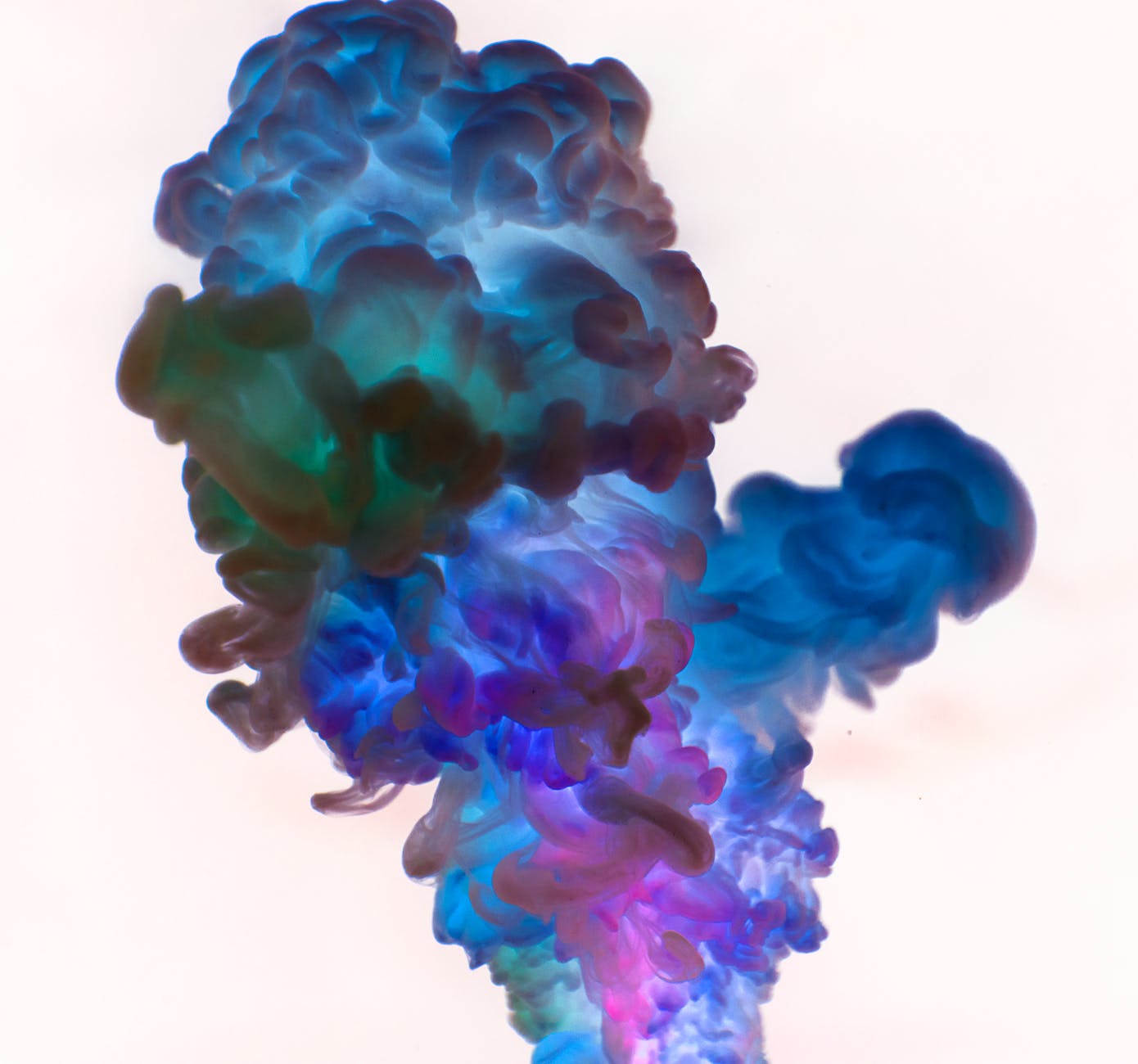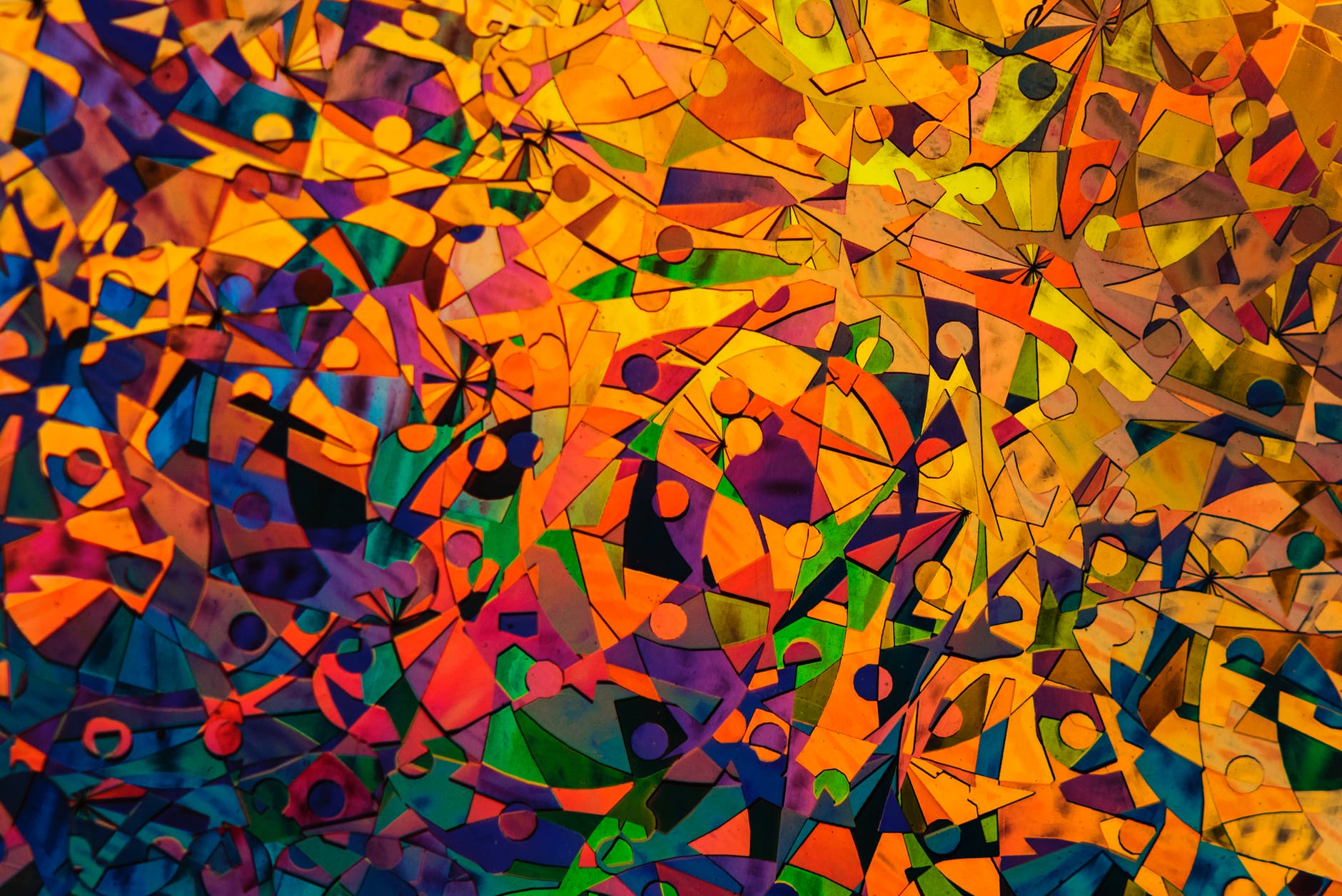Tips on Creating a Vectorize Image
Tips on Creating a Vectorized Image

Creating a vector image can seem like a useless task but, for those who know their way around graphic design, it really isn’t. A vector image is a lot more adjustable than a normal rasterized image; an image made of pixels. This means that a vector can go through as many adjustments and size changes without losing its sharpness; as opposed to pixels which lose their crisp on print. In theory, the process of creating a vector image is fairly easy, yet, it will prove quite tedious when it comes to real-life practice.
This is why we compiled a small list of tips to help you on your journey.
Use an Online Vectorizer
If the reason you are here is because you realized that you have a deadline in a couple of hours, you came to the right place. If you need to vectorize an image as fast as possible, you can always use an online vectorizer. However, keep in mind that they are not built for quality as much as they are built for speed.
All that you need to do is take the image that you want to vectorize, upload it to the website, and choose your format and your settings. Then, it comes up to the website to scan your image, create a vector copy, and voilà.

Make Full Use of Your Toolbox
You can try as much as possible to benefit from the tools provided by Adobe software. Smart guides and the Pathfinder tool can help you a great deal when it comes to accuracy and speed. At https://4vector.com, what you can also do is go ahead and grab any vector image which is also a helpful option. You’ll find sites specific to certain genres so this will certainly save time when looking to create a vectorized image. Tools like that can significantly decrease the time you take to trace a detailed image. This is why you should consider trying to experiment with such tools; you never know what you’re missing out on.
Take Breaks
Whenever you find yourself overwhelmed or about to burst from frustration, take a break immediately. Tracing an image requires a lot of brain power, as well as, eye…power (if this is what it’s called). This is why breaks are essential because when you distract your brain and eyes, you allow them to regain a neutral perspective.
In other words, things become clearer when you leave a project then come back to them after some time; the accumulated strain and frustration doesn’t really help. Think about the number of times you’ve felt like something was wrong with a project but you weren’t able to identify it.
Remember that graphic design is a type of art which means that it requires time, effort and persistence to master it. Don’t beat yourself up if you still can’t capture every detail when tracing an image; just use our tips. What’s even more important is that you keep your eyes on the reason why you are vectorizing an image; it will help keep you in check just in case you snap. Good Luck!


